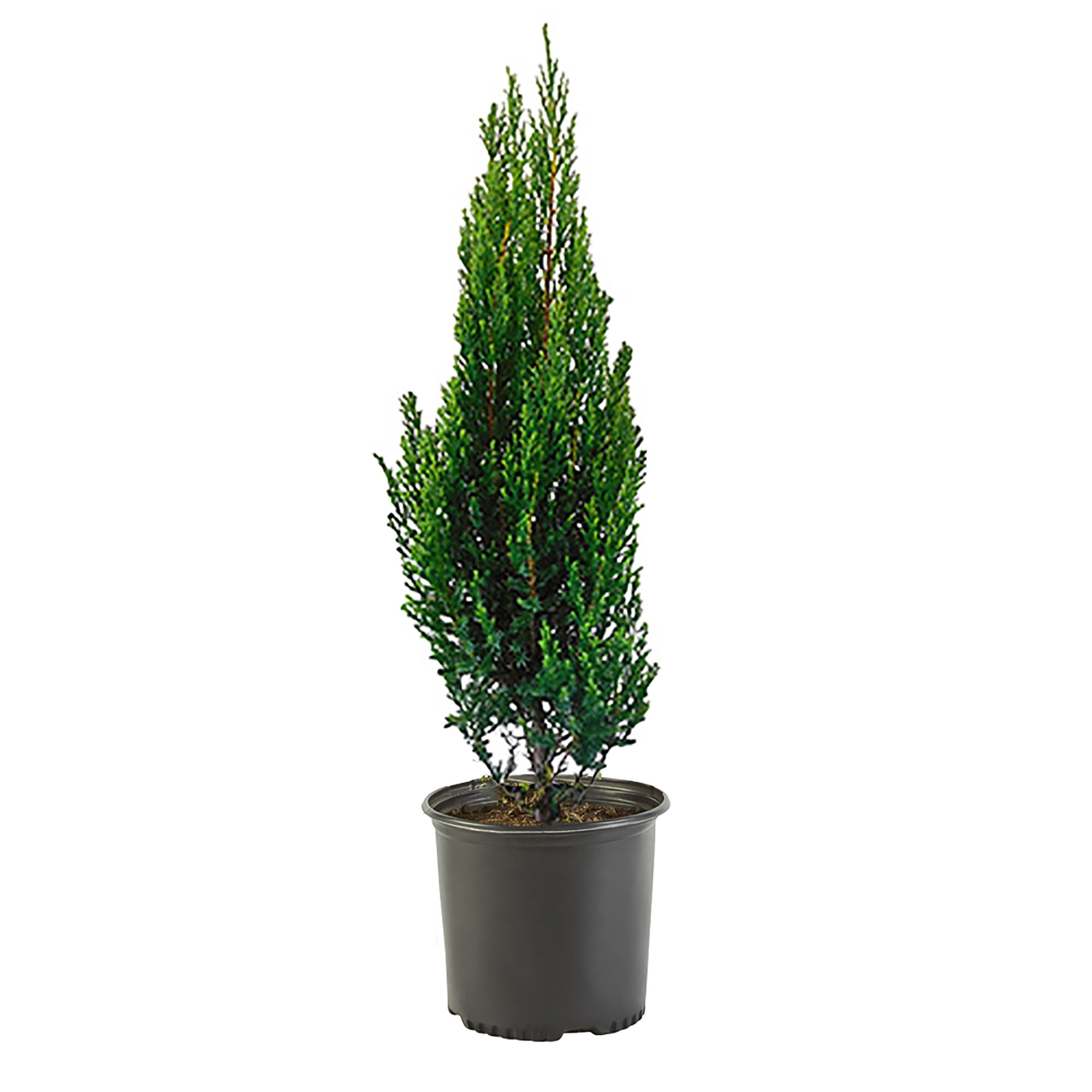

– IMPORTANT: When planting shrubs into poor sandy soils be sure to amend the planting hole by mixing compost or cow manure etc. If it remains wet from the previous watering wait for the top 2-3 inches to dry out before watering again. – IMPORTANT: If planting shrubs in heavy clay soils that hold allot of water after a rain or irrigating, remember to check the soil for moisture by sticking your fingers into the soil near the root ball of the newly planted shrub down to 2-3 inches. – If planting larger shrubs you may need to extend the initial care a bit longer to protect your investment and get your shrubs off to the best start possible. After the first few weeks begin tapering back your watering to every other day then every third day and so on until your newly planted items are flourishing without your assistance. For most 3 gallon size shrubs in the North Florida landscape in average soil, that is neither heavy clay that holds water or really sandy that will take 2-3 weeks of daily watering to ensure that your newly planted shrub will begin to put out new roots and grow into its new home happily. – Water every day during the establishment period. Planting in poorly drained soils make sure to plant your shrubs a minimum of 3 inches ABOVE the surrounding soil level. Plant the top of the root ball level or slightly higher than the surrounding soils. In normal and well draining soils dig the hole as deep as the root ball and two to three times as wide. – Shrubs can be planted in the North Florida | Jacksonville | St.Augustine area at any time during the year. Privacy screen or drought tolerant windscreen.Ĭare of S & J Nursery’s North Florida | Jacksonville | St. – Use as a specimen for a landscape accent or in mass plantings as a hedge/

The North Florida landscape but will quickly establish itself in the landscape with minimal care and is drought tolerant once established in the landscape.īest Uses For Juniper Blue Point in the North Florida | Jacksonville | St.

Juniper Blue Point will require water when first planted as all shrubs in – Be sure when planting Blue Point Juniper in the landscape to allow room at the base for its eventual width by either planting scarcely around its base or adding plants easily transplantable to another location once the juniper begins to fill in. Patience with these guys in the landscape when planting from a smaller pot but they are worth the wait in the long run. Juniper Blue Point shrubs are slow to moderate growing. – Slow growing Juniper is densely foliated and has a tapered oval or tear drop shape, pyramidal. Wide at the base tapering to an almost pointed tip giving the plant its name. Juniper Blue Point can reach sizes of 10-12 feet high | 6-8 feet Juniper Blue Point will thrive in sandy well drained soils. Juniper Blue Point Soil Preference / Salt tolerance: – Dense blue green foliage adds color and texture to the landscape
Juniper blue point full#
Blue Point Juniper will tolerate light shade, most Juniper plants will tend to grow “leggy” and sparsely foliated over time when not receiving a full 6- 8 hours of direct sun each day. Although like some other Juniper varieties. – Blue Point Juniper will prefer full sun locations in the North Florida | University of Florida.Ĭlick here for additional resources on Junipers.S & J Nursry’s Gude to Growing Juniper Blue Point For Northeast Florida Landscapes ( Juniperus Chinensis ‘Blue Point’) Diseases of juniper include root rot (a common problem with poor drainage), twig blight, and cedar‐apple rust. Like most plants, a 2‐ to 3‐inch layer of organic mulch is beneficial to retain soil moisture. Watch for spider mites and bagworms. Water needs are also low after establishment. Established trees generally do not need to be fertilized to maintain plant health. Apply a balanced, slow‐release fertilizer 4 to 6 weeks after planting. Heavily shaded trees tend to have sparse foliage. Junipers require well‐drained soils and look best in full sun, although light shade can be beneficial in hot, dry sites. Water regularly during establishment, but avoid wetting the foliage. Growing best in cold hardiness zones 4 to 9, Blue Point Junipers are considered low maintenance. As an added bonus, the trees may provide shelter for birds in winter. Reaching up to 12 feet tall and 8 feet wide at maturity, this evergreen can also serve as living fence or windbreak when planted at 8-foot centers. Just be sure to give this tree a little room as it prefers not to be crowded at the base. Its pyramidal form and blue coloring will make a statement and contrast nicely with surrounding plants. The Blue Point Juniper has dense, blue‐green foliage making it a nice specimen tree for landscapes.


 0 kommentar(er)
0 kommentar(er)
